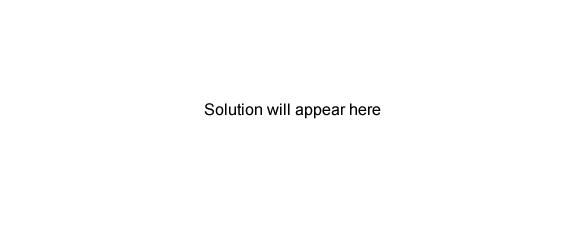Sulfur dioxide gas is commonly used as a preservative in wine. An important source of SO2 is solid sodium
metabisulfite (Na2S2O5; molar mass 190 g/mol). Na2S2O5 reacts readily with acid as follows.
Na2S2O5(s) + 2HCl(aq) → 2NaCl(aq) + H2O(l) + 2SO2(g)
Calculate the volume, in litres, of SO2 produced at 1.00 atm pressure and 15.0oC when 250 g of Na2S2O5 reacts with excess acid.
Solution

The concentration of an aqueous solution of SO2 (solution A) is to be determined using its reaction with
an aqueous solution of triiodide ions (I3). The relevant half reactions are
SO2(aq) + 2H2O(l) → 4H+(aq) + SO4-2(aq) + 2e
I3 -(aq) + 2e → 3I-(aq)
50.0 mL of a 0.0125 M solution of I3 - is added to 50.0 mL of solution A, providing excess of I3 -.
The final 100.0 mL solution is called solution B.
Write an overall balanced chemical equation for the reaction that occurs, identifying the substance that is the reductant.
Solution
Calculate the amount, in mol, of I3 - added to solution A.
Solution
The excess I3 - remaining in the solution is determined by titration with a standard solution of sodium
thiosulfate (Na2S2O3). The equation for the reaction is
S2O3-2(aq) + I3 - (aq) + H2O(l) → 3I-(aq) + S2O4-2(aq) + 2H+(aq)
14.70 mL of a 0.00850 M solution of Na2S2O3 reacts exactly with all the I3 - remaining in solution B.
Calculate the original concentration of SO2 in solution A.
Solution